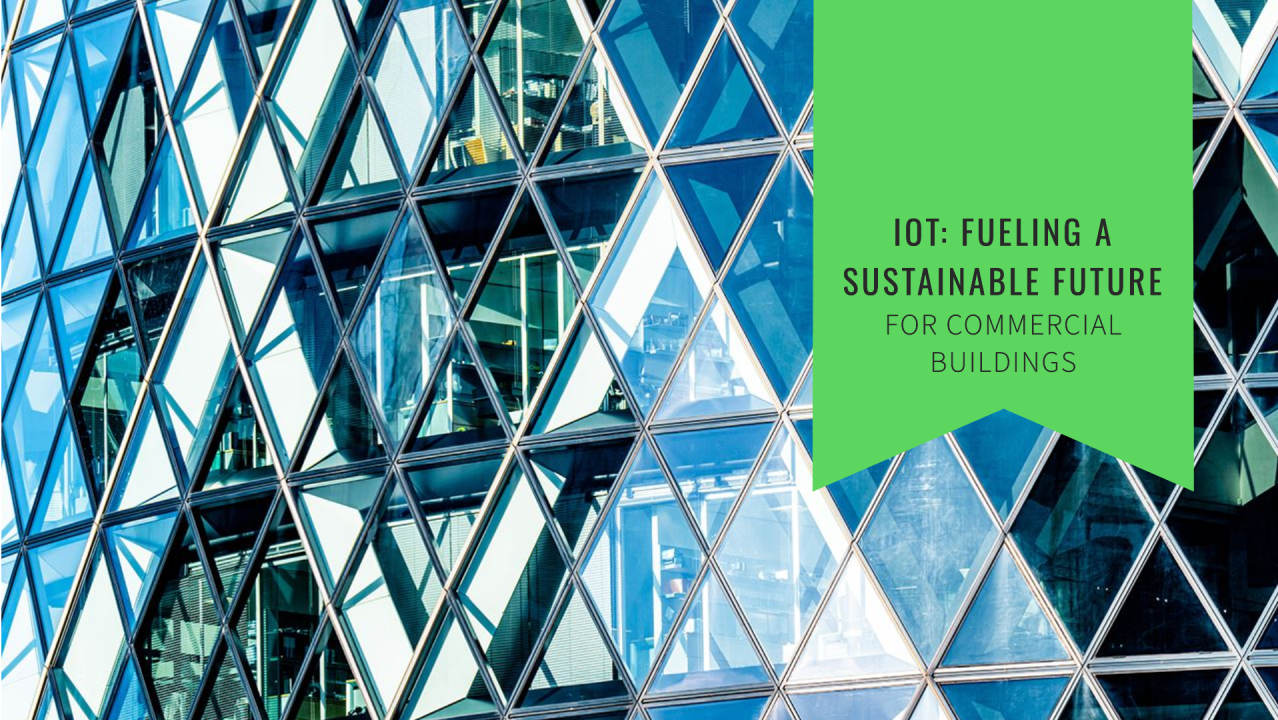
Role of IoT in Fuelling a Sustainable Future for Commercial Buildings
ZAHER I. HASSAN
AIoT Consultant l Accelerating Retail Digital Transformation Journey
In today's digital age, the Internet of Things (IoT) is playing an increasingly significant role in multiple sectors, particularly in the infrastructure of commercial buildings. IoT is not just about connecting devices; it's about harnessing data to make smarter decisions and drive operational efficiencies. As we strive towards a sustainable future, IoT technology holds great potential in promoting energy efficiency, reducing carbon footprints, and enhancing the overall operational effectiveness of commercial buildings.
Energy Efficiency
IoT can significantly contribute to the energy efficiency of commercial buildings. By integrating IoT devices such as sensors and smart meters in buildings, we can monitor and control energy usage in real-time. This allows for the identification of energy wastage and the implementation of energy-saving measures. For example, smart lighting systems can adjust the intensity of light based on natural light availability and occupancy in the room, reducing unnecessary energy usage.
Carbon Footprint Reduction
Through the use of IoT, commercial buildings can substantially reduce their carbon footprints. IoT enables the collection and analysis of data regarding the carbon emissions of different building operations. This data can then be used to modify processes to reduce emissions. Additionally, IoT can facilitate the integration of renewable energy sources, such as solar panels and wind turbines, into the building’s power supply, further reducing its reliance on fossil fuels and lowering its carbon footprint.
领英推荐
Operational Effectiveness
Apart from promoting sustainability, IoT also enhances the operational effectiveness of commercial buildings. Smart buildings, powered by IoT, can automate various tasks, such as adjusting HVAC systems, managing security, and controlling lighting, which not only saves energy but also reduces maintenance costs and enhances the comfort of occupants. Furthermore, predictive maintenance, enabled by IoT, can detect potential equipment failures before they occur, reducing downtime and repair costs.
In conclusion, the role of IoT in Fuelling a sustainable future for commercial buildings cannot be understated. Through enhancing energy efficiency, reducing carbon footprints, and improving operational effectiveness, IoT is transforming the way commercial buildings operate and paving the way for a more sustainable future. As technology continues to evolve, we can expect to see even more innovative and impactful uses of IoT in this sector.
#IoT #SustainableFuture #CommercialBuildings #EnergyEfficiency #CarbonFootprintReduction #OperationalEffectiveness